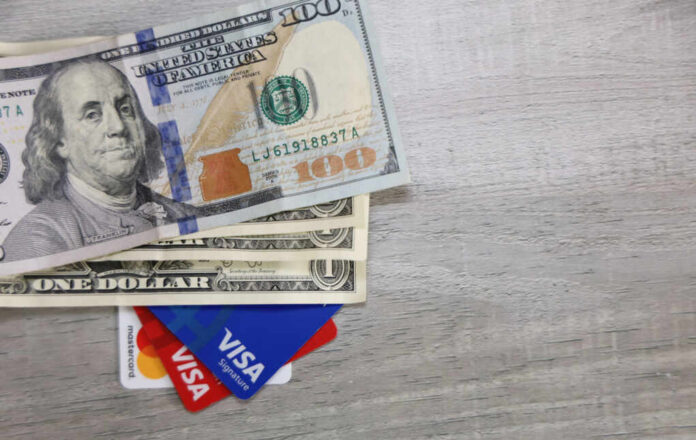
The average annual percentage rate (APR) on credit cards went from 12.9% in 2013 to 22.8% in 2023 bringing credit card companies’ interest on loans to an all-time high and costing consumers about $25 billion per year.
According to Yahoo Finance, “Major credit issuers have increased the average APR margin by 4.3 percentage points over the last 10 years, the consumer watchdog said, adding it had found evidence of practices inhibiting customers’ ability to find alternatives to expensive products.”
The interest rate on a credit card consists of borrowing costs determined by the Federal Reserve along with an additional rate charged by the lender known as the APR. Almost half of the increase in APR over the past 10 years was driven by credit card issuers that raised their margin rather than the Federal Reserve.
It is those additional rates charged by credit card companies, according to the Consumer Financial Protection Bureau (CFPB), that have been raising the cost to consumers by billions of dollars.
Given that credit card debts are now over $1Trillion and given that the average interest rate is over 20%, delinquencies will only get worse! Winter is Coming. https://t.co/qo6WHIqSCV
— Paul Horvath (@PaulDHorvath) February 7, 2024
“Since finance charges are typically part of the minimum amount due, this additional interest burden may push consumers into persistent debt, accruing more in interest and fees than they pay towards the principal each year — or even delinquency,” the CFPB wrote.
The increased APR has brought along with it increased concerns about the amount of competition in the highly concentrated credit card industry. Those concerns were heightened with the announcement of a recent merger.
Capital One announced a $35.3 billion acquisition of Discover Financial that analysts predict will be highly scrutinized due to American antitrust laws.
“The merger of [Capital One] and [Discover] threatens our financial stability, reduces competition, and would increase fees and credit costs for American families,” tweeted Sen. Elizabeth Warren (D-MA), a member of the Senate Banking Committee.
The merger of @CapitalOne and @Discover threatens our financial stability, reduces competition, and would increase fees and credit costs for American families.
This Wall street deal is dangerous and will harm working people.
Regulators must block it immediately.
— Elizabeth Warren (@SenWarren) February 20, 2024
The CFPB said last week that it is the large credit card companies that dominate the market who are charging increasingly high-interest rates than smaller banks and credit unions. The increased APR has also boosted the profitability of those large companies making it more difficult for the smaller companies to compete.












